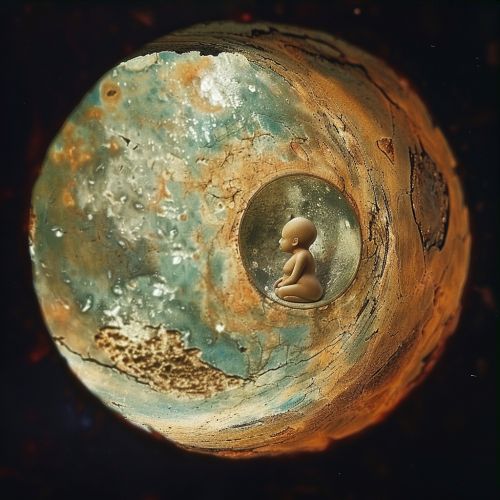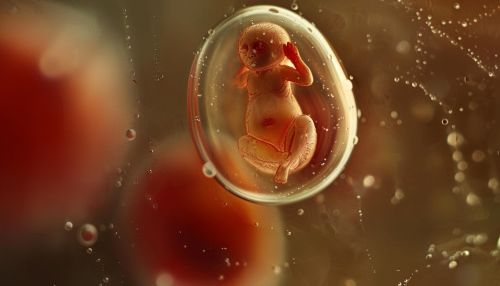Preformationism
Preformationism: An Overview
Preformationism is a historical biological theory that posited that organisms develop from miniature versions of themselves, instead of through embryonic development from an undifferentiated mass. This theory, which was popular before the advent of modern embryology, held that the egg or sperm (in animals) or the seed (in plants) contained a fully formed but miniature adult, known as a homunculus.


Historical Context
Preformationism was a dominant theory of reproduction and development from the 17th to the 19th century. It was a response to the observations and questions raised by early scientists and natural philosophers about the mystery of reproduction and development. The theory was largely based on the observations made through the newly invented microscope, which revealed the existence of tiny, seemingly fully formed creatures in semen and eggs.
Animalculism and Ovism
Preformationism was divided into two main schools of thought: animalculism and ovism. Animalculism, supported by scientists such as Antonie van Leeuwenhoek and Nicolas Hartsoeker, proposed that the homunculus was located in the sperm, and that the female merely provided the environment for the homunculus to grow. Ovism, on the other hand, held that the egg contained the homunculus and that the sperm merely triggered its development. Ovism was supported by scientists such as Marcello Malpighi and William Harvey.
Criticisms and Decline
Preformationism faced several criticisms and challenges. One of the main criticisms was the logical problem of the "homunculus in the homunculus", also known as the problem of infinite regression. This problem arises from the question of where the first homunculus came from, and if each homunculus contains another fully formed homunculus, then there must be an infinite number of homunculi, which is logically impossible.
The decline of preformationism began with the advent of modern embryology and the acceptance of epigenesis, the theory that an organism develops from an undifferentiated mass through a series of steps and stages. The work of scientists such as Karl Ernst von Baer and Caspar Friedrich Wolff was instrumental in this shift.
Legacy and Impact
Despite its eventual rejection, preformationism had a significant impact on the history of biology and the study of reproduction and development. It spurred the development of microscopy and the study of gametes and embryos. It also raised important questions about the nature of life, reproduction, and development, many of which are still relevant today.
